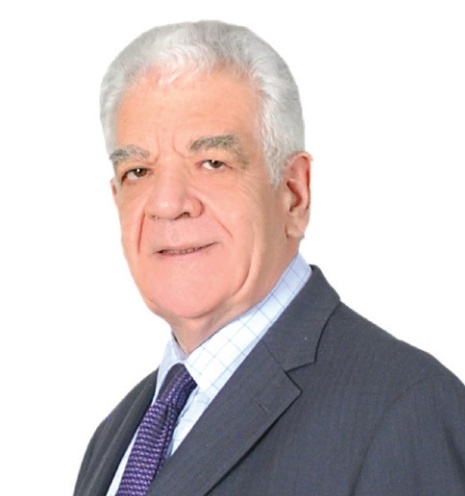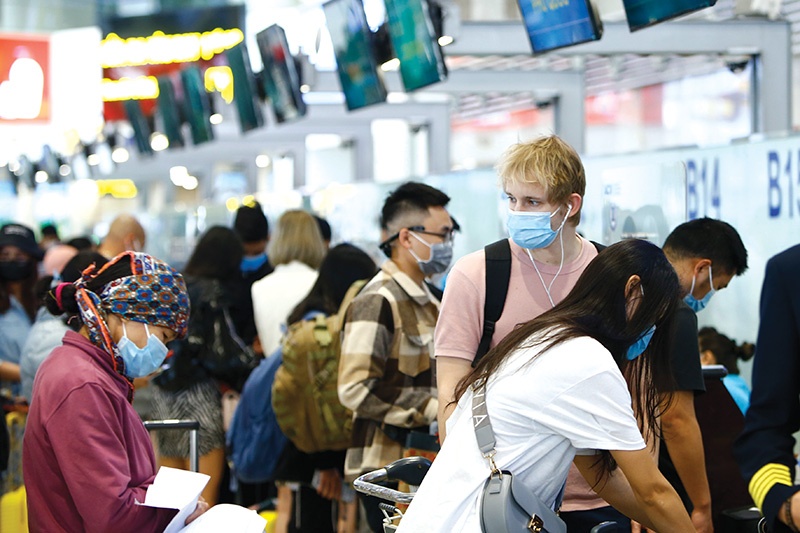Coordinating to establish an efficient reopening
 |
| Kenneth Atkinson, founder and senior advisor at Grant Thornton Vietnam |
With the exception of Hong Kong, all Asian markets in 2019 were on a continued growth trajectory in terms of international visitors, and Vietnam had the highest growth of 16 per cent to reach 18 million. Interestingly, Vietnam also started 2020 with a record 1.9 million foreign visitors in January alone.
The closure of the borders since then has had a significant impact. Prior to the pandemic’s emergence, tourism accounted for more than 10 per cent of Vietnam’s GDP and over 60 per cent of the $36 billion in revenue was generated from international arrivals. Euromonitor International’s Travel Forecast Model predicted that it will take until 2024 for the sector to enjoy pre-pandemic spending levels. At worst, reaching pre-pandemic peak levels could be delayed as late as 2026, particularly if new variants complicate the efficacy of vaccines.
With tourism-related enterprises closed or suspending operations, many employees also left the sector to seek jobs elsewhere. Many of the stakeholders are thus really concerned about being able to attract sufficient numbers back to meet the uplift in demand when it occurs.
International tourism spending is only expected to achieve 37 per cent of 2019 levels in 2021 with some countries pursuing a strategy of ‘zero COVID’, whilst others are adopting a more resilient ‘living with the virus’ approach, which is the direction Vietnam has decided to follow.
The Ministry of Culture, Sports, and Tourism (MoCST) has announced Phu Quoc Island in Kien Giang, and Khanh Hoa, Quang Nam, and Quang Ninh provinces, and Danang city as well will be allowed to receive international visitors joining approved tour groups.
Travellers to Vietnam will be required to join organised tour groups and their movements restricted to those authorised for the tour. They need to show proof of full vaccination recognised by competent authorities in Vietnam and they also need to obtain negative coronavirus test results within 72 hours before departure, and have it certified by the competent authority of the country conducting the test. Rather than these individual certifications, the use of a common vaccination passport would seem to offer less hassle for the traveller and more security for Vietnam.
 |
| Official tour groups will be the only way for new tourists to enjoy the country’s delights at first, Photo: Duc Thanh |
All entrants shall have to be tested for COVID-19 on the first day of arrival in Vietnam. On the seventh day, travellers will take another test if they intend to stay longer in Vietnam. If negative, they can visit other localities that are allowed to welcome international tourists under the tour programme.
The Tourism Advisory Board has, for some time, been recommending the establishment of a multi-ministerial task force including the participation of key private sector stakeholders to guide the reopening and to establish protocols for vaccination passports, safe and secure travel protocols and certification programmes, research on target markets, and a coordinated marketing campaign.
I am not sure what the expectations are in terms of the number of international visitors that will come to Vietnam under phase 1, nor where they will come from, as there does not appear to have been any real market research on target markets and the expectations of tourists from those markets. We must remember that China, our biggest inbound market prior to the pandemic, has not yet opened its borders.
Phuket’s sandbox only had very limited success with about 50,000 arrivals in the first three months, and surveys showed that foreign visitors did not want to travel to markets that have quarantine requirements or require them to join tour groups. So the recently announced requirements will already put Vietnam at a disadvantage, as Thailand has already lifted these requirements. Another challenge is that the Vietnam National Administration of Tourism does not appear to have a marketing plan for 2022 as they have not been allocated a marketing budget, which will likely mean a lack of a coordinated marketing plan.
Other challenges are getting localities where tourists will be allowed fully vaccinated, and little thought appears to have been given to returning employees. For example, it is one thing getting the resident population of Phu Quoc vaccinated, but there does not appear to have been any thought for the employees that the hotels and other stakeholders will need to return to the island from other provinces and may not have been vaccinated.
This is the start of a process and a staged programme but there needs to be a solid foundation and central leadership so we can learn from mistakes and from other markets that already reopened, like Thailand, Singapore, Europe, and the Maldives. Without central leadership this is extremely difficult. We should also be looking at the opportunity to rebalance and maybe target fewer but higher spending tourists rather than large numbers of tourists on zero-cost tours. This means a focus on long-haul markets, which may take time to rebuild.
What the stars mean:
★ Poor ★ ★ Promising ★★★ Good ★★★★ Very good ★★★★★ Exceptional
Related Contents
Latest News
More News
- Vietjet launches daily Manila flights to celebrate year-end festive peak season (December 05, 2025 | 13:47)
- The destinations powering Vietnam’s festive season travel demand (December 04, 2025 | 18:33)
- Vietnam named among the world’s most exciting winter destinations (December 04, 2025 | 15:10)
- Phu Tho emerges as northern Vietnam’s new tourism hub (December 01, 2025 | 17:00)
- Vietjet completes Airbus A320/A321 updates ahead of deadline (December 01, 2025 | 09:49)
- Vietjet resumes Con Dao flights from early December (November 28, 2025 | 15:24)
- Free tickets, Lunar New Year promotions on offer at Vietjet Mega Livestream (November 26, 2025 | 15:32)
- Scandinavian Airlines and Vietnam Airlines broaden agreement with new routes (November 25, 2025 | 17:04)
- Halong Cruise Port welcomes over 3,100 international visitors (November 12, 2025 | 18:06)
- Vietnam.travel climbs to second place in Southeast Asia website rankings (November 12, 2025 | 18:01)

 Tag:
Tag:


















 Mobile Version
Mobile Version